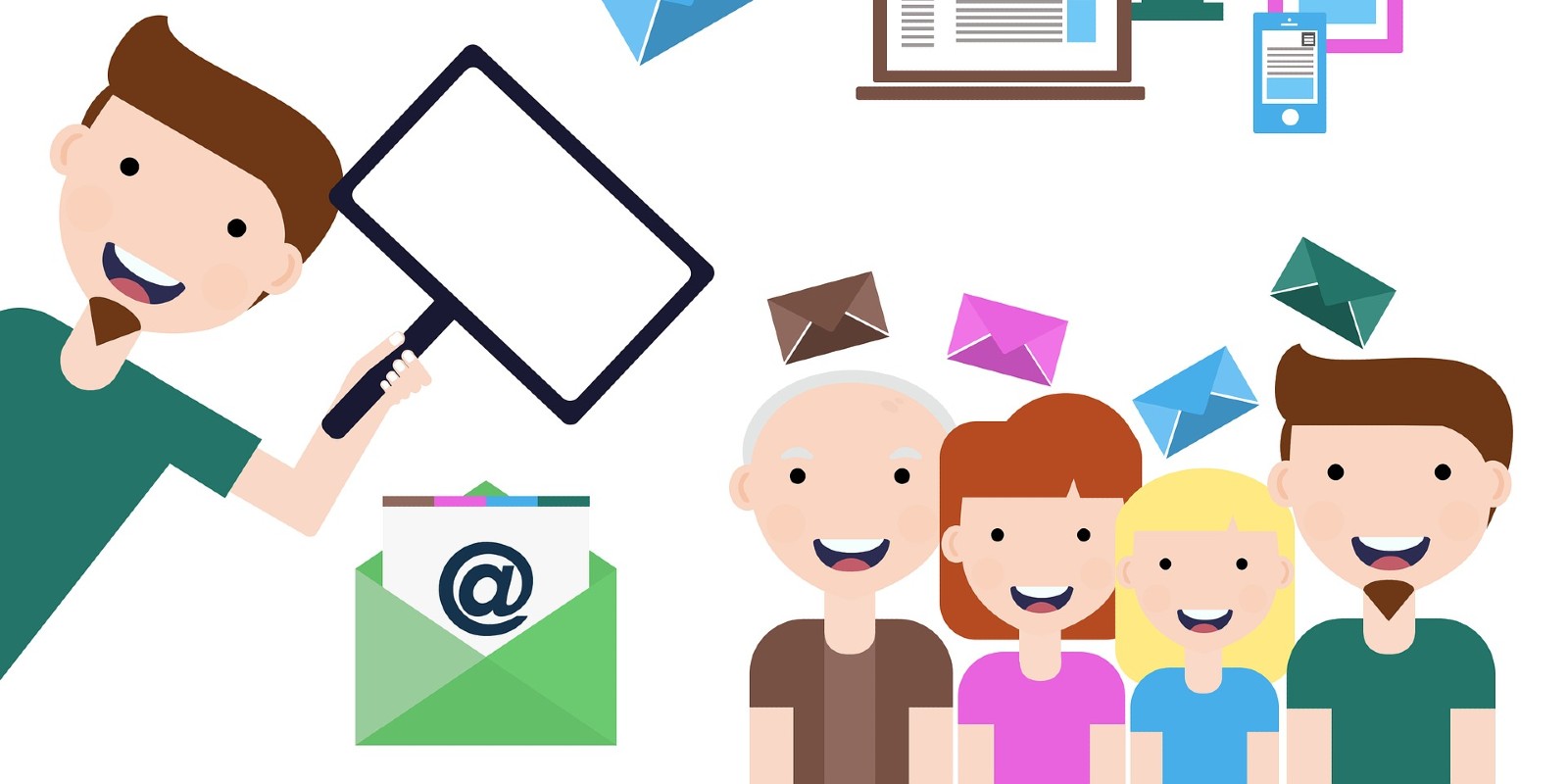Segmenting your email audience can hold the key to unlocking your online sales potential.

Building a strong subscriber list is an on-going challenge for every marketing team. But once you’ve got those customers on your contact list, how do you keep delighting them with thought-out, targeted content?
The answer is segmentation. Email segments can super-charge your online sales efforts, while simultaneously developing a stronger bond between you and your customers.
But what is email segmentation and how do you make the most out of it?
In this blog we’ll take you through email segmentation, look at the best segments to start targeting, and show you why it’s all worthwhile. But, first things first…
What Are Email Segments?
Getting more personal with your sends is a great way to make your email stand out in your customer’s inbox. Because, let’s face it, if your subscribers have signed up to your mailing list, the very least you can do is know who they are.
Segmentation is just one of the ways that email marketing tools like Klaviyo ensure your customers get more tailored content to their inbox. Which should result in more engagement for your brand.

When we talk about segmenting your email list we mean breaking down your contacts into chunks, based on their attributes, likes, and behaviour. Because your consumers are real people, you want to engage them with things they’ll really enjoy. This is key to developing a good customer relationship.
Although, dividing your mailing list up into particular groups can be a daunting prospect for many businesses.
But that’s where Drop Zero Digital’s email marketing solution comes in. We’ll split out your audience by looking at your subscriber list’s unique data. From there we can work with you to start dazzling your customers with content they’ll love.
So, now we know what segments are, how do we know which ones to use?
What Are The Best Segments to Target?
There’s no simple answer when it comes to picking the best segments for your business. However, generally speaking, these examples are actionable across most sectors.
- Purchase history
- Time since last purchase
- Abandoned carts
- Browsing behaviour
- Engagement or click-through-rate e.g. what actioned them to click through historically
- Gender
- Geolocation
- Position in the sales funnel e.g. are they ready to buy or just looking for more info?
- Occupation
- Info collected through surveys
While these email segment examples can work across most business types, it’s important to know your audience and business to ensure you pick the right data sets to target.
For example, gender might be an important factor for a clothing store. Whereas a Builder’s Merchant might be more interested in occupation or customer purchase history.
Is Email Segmentation Worth It?
The simple answer is yes. Every business is trying to find ways to increase sales or connect more with their audience, and email segmentation is a simple way of moving forwards on that goal.
In fact, recent research has found that personalised emails generate 50% higher click through on your call to action. Plus, marketers who use this segmented email approach recorded an uptick in revenue, some as high as 760%.
Still think you’re better off without?

Get Started Segmenting Your Audience Today
While the benefits of audience segmentation are plain to see, splitting out your audience by yourself can be a long and arduous process.
But it doesn’t have to be. Our email marketing solution is ready to take care of the niggly bits for you. So you can stop thinking about emails and start thinking about how you’ll use the profits.

